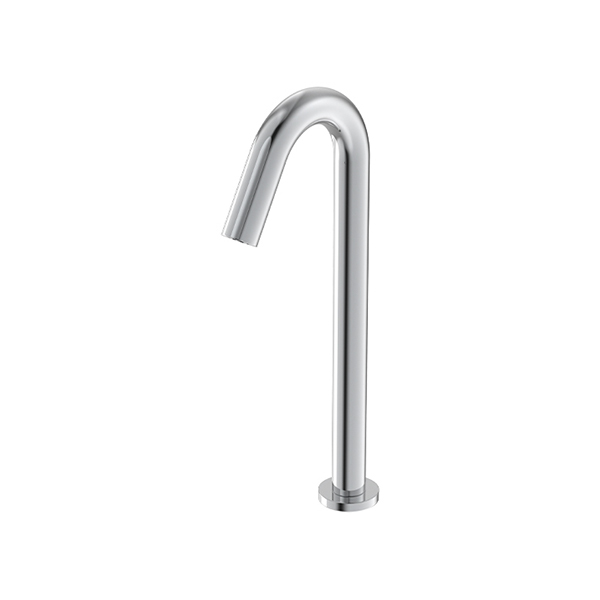1. Ergonomics and Usability

The primary function of any kitchen tap is to provide easy access to water. Ergonomics plays a crucial role in the design of a single-lever kitchen mixer tap. The tap should be designed in such a way that it is comfortable to use for individuals of varying heights and abilities. This includes considering the height of the tap from the sink, the reach to the lever, and the force required to operate it.
- Lever Positioning: The positioning of the lever should be such that it is easily accessible without causing strain to the user's wrist or arm. This is particularly important in a kitchen setting where the tap is used frequently.
- Ease of Operation: The design should ensure that the lever is easy to grip and operate with minimal effort, regardless of whether the user's hands are wet or dry.
2. Material Selection
The choice of materials for a single-lever kitchen mixer tap is another critical design consideration. Materials should be durable, resistant to corrosion, and easy to clean, as the tap is exposed to water and various cleaning agents on a daily basis.
- Durability: High-quality materials like stainless steel or brass are preferred for their longevity and resistance to wear and tear.
- Corrosion Resistance: Materials that resist rust and corrosion are essential, especially in areas with hard water.
- Hygiene: The material should be non-porous to prevent the growth of bacteria, ensuring the cleanliness of the water dispensed.
3. Aesthetic Integration
The single-lever kitchen mixer tap is not just a functional item; it also serves as a design element in the kitchen. Its aesthetic integration with the surrounding decor is a key consideration.
- Style Compatibility: The tap should complement the style of the kitchen, whether it is modern, traditional, or transitional.
- Finish Options: Offering a variety of finishes, such as chrome, brushed nickel, or matte black, allows the tap to match or contrast with other fixtures and the kitchen's overall color scheme.
4. Water Efficiency
With increasing awareness about water conservation, the design of a single-lever kitchen mixer tap must incorporate water efficiency features.
- Flow Rate Control: The tap should be designed to control the flow rate effectively, allowing users to conserve water without compromising on performance.
- Aerators: The inclusion of aerators can help in mixing air with water, reducing water usage while maintaining pressure and flow.
5. Temperature Control
Effective temperature control is essential for a single-lever kitchen mixer tap, ensuring that the user can comfortably use hot and cold water without the risk of scalding.
- Thermostatic Mixing: Some taps incorporate thermostatic mixing valves to maintain a constant outlet water temperature, providing safety and comfort.
- Responsive Lever Movement: The lever should allow for a smooth transition between hot and cold water, with clear markings or indicators to show the temperature setting.
6. Ease of Installation and Maintenance
A well-designed single-lever kitchen mixer tap should also consider the ease of installation and maintenance.
- Simplicity of Installation: The tap should be designed with straightforward installation in mind, with clear instructions and minimal required tools.
- Maintenance Accessibility: Components that may need regular maintenance, such as filters or cartridges, should be easily accessible for cleaning or replacement.
7. Safety Features
Safety is paramount in the design of any kitchen appliance, and the single-lever kitchen mixer tap is no exception.
- Anti-Scalding: As mentioned, thermostatic mixing valves can prevent scalding by maintaining a safe.
- Drip-Proof: The tap should be designed to prevent dripping, which not only wastes water but can also water damage over time.

 English
English Español
Español русский
русский

